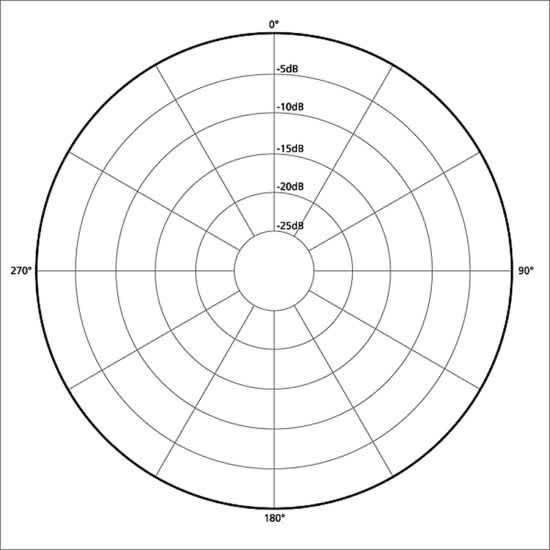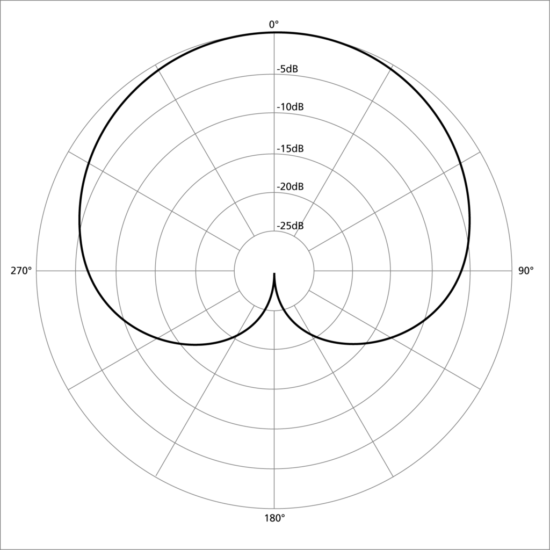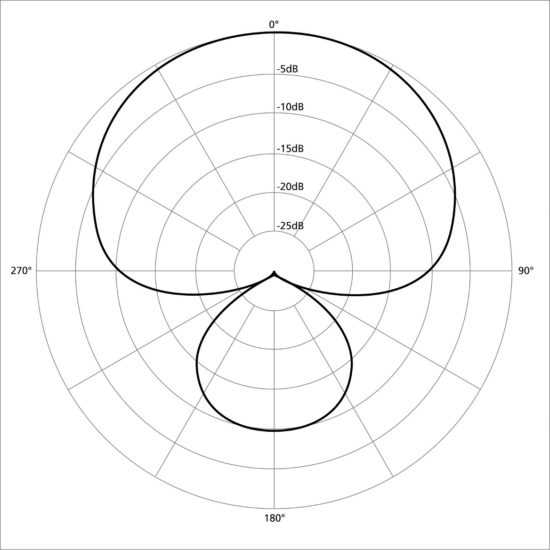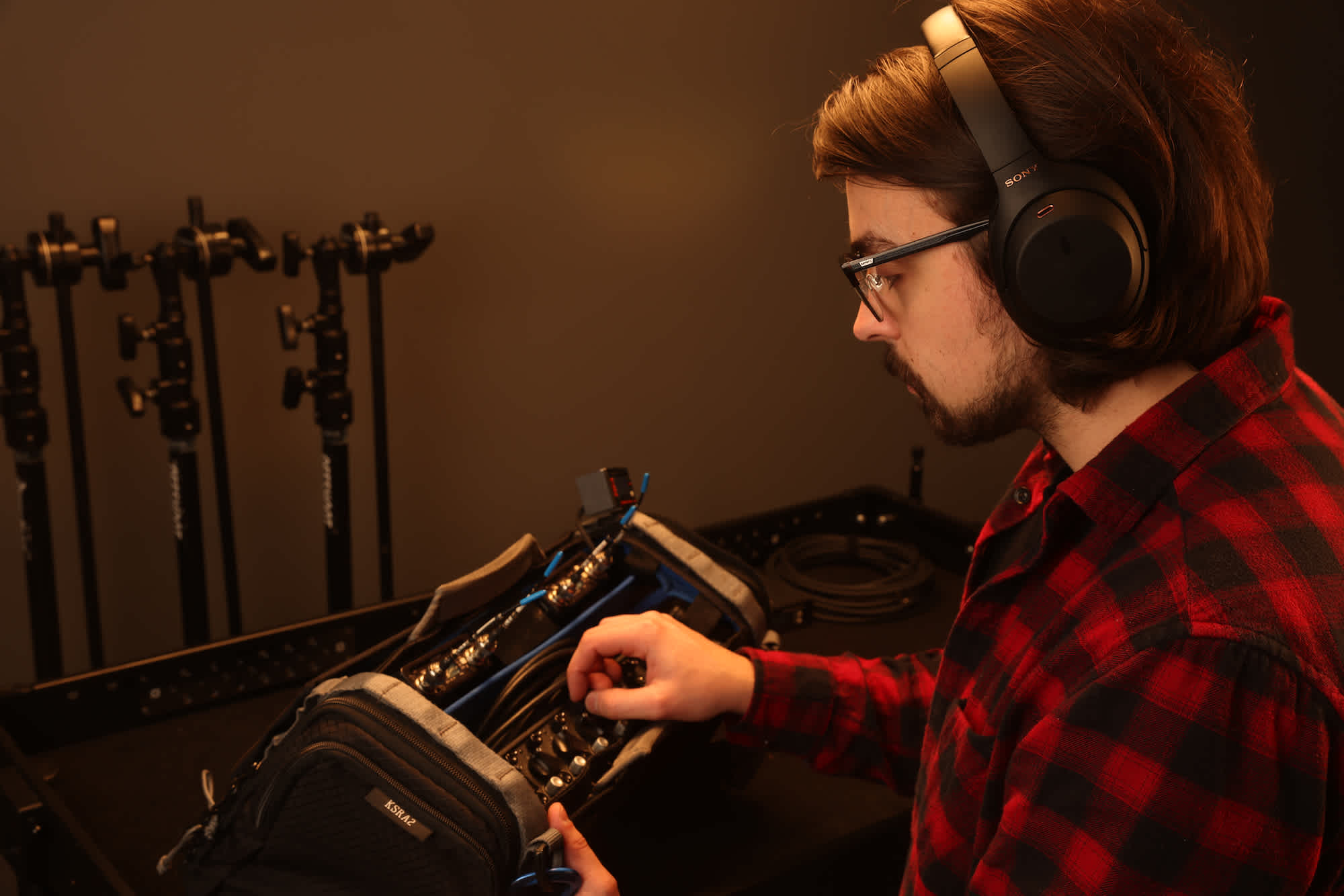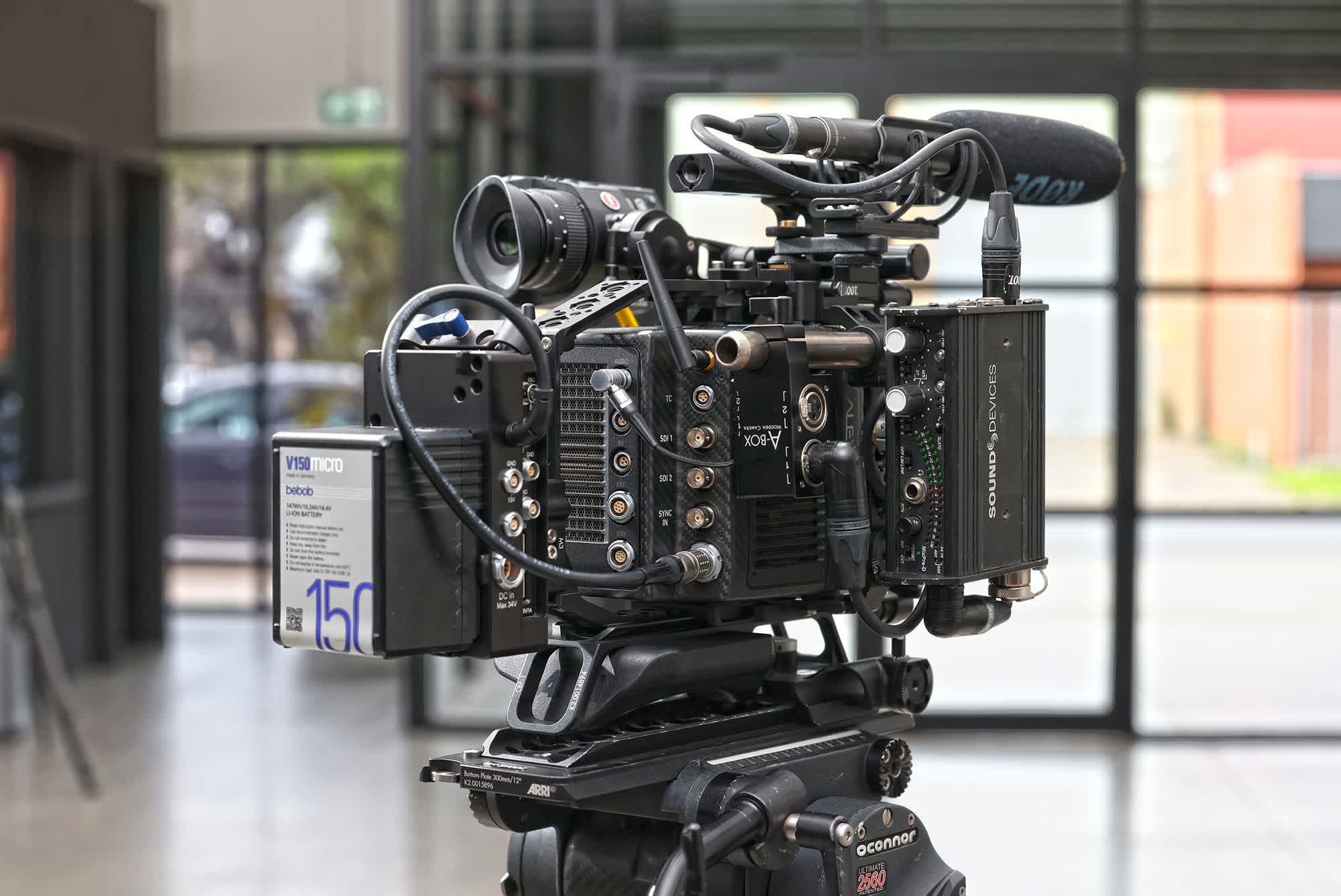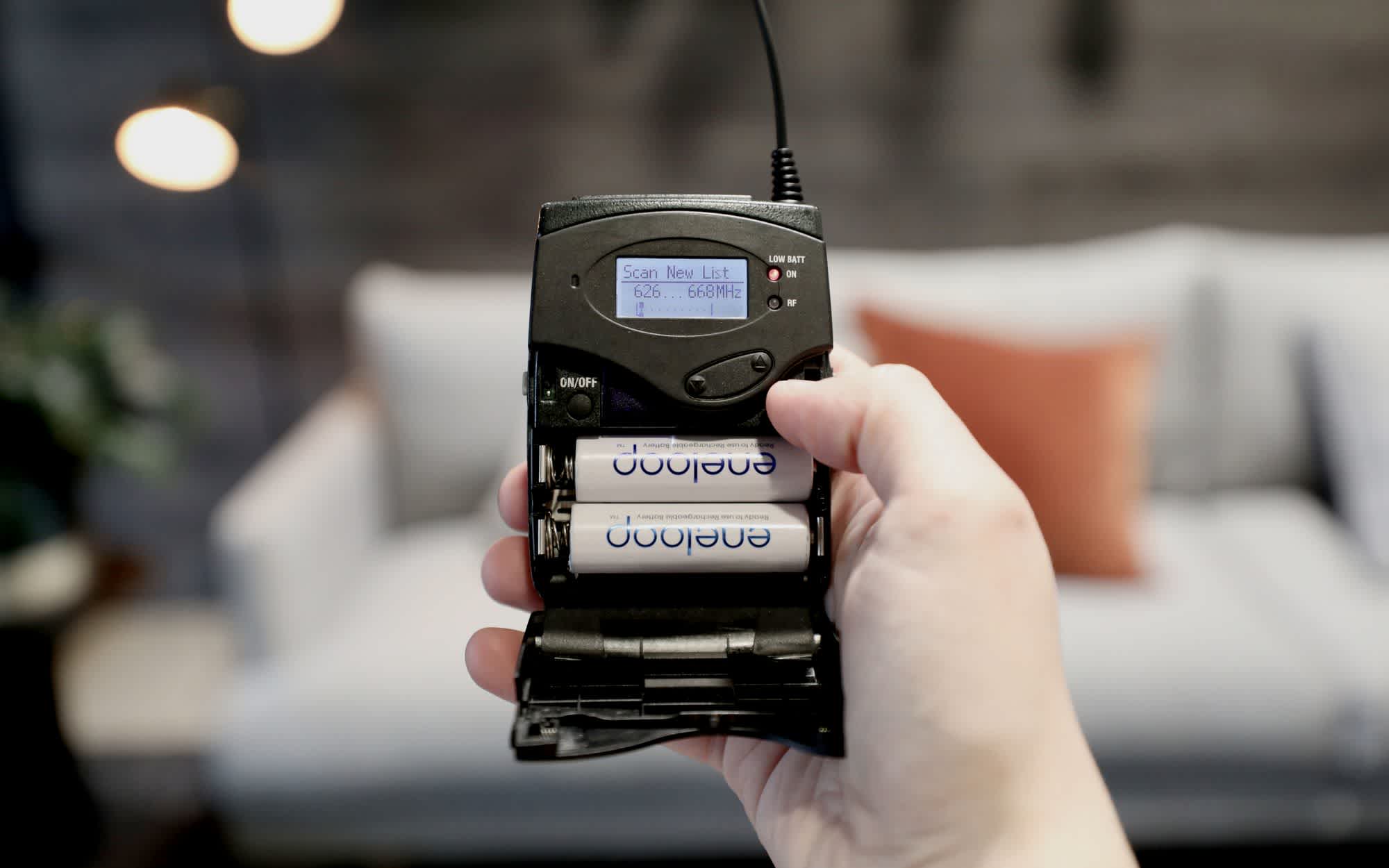There are a lot of different microphones on the market and it makes a significant difference to the audio quality of your project if you can select the right one for the job.
In this article I will explain some of the fundamentals of how microphones work. Then I will cover a few common recording scenarios and which type of microphone is best for each.
Types Of Microphone
There are two types of microphone that we are going to discuss here: dynamic microphones and condenser microphones. Here is how we differentiate between them.
Dynamic Microphones
A dynamic microphone is a simple device that has very few electronics and moving parts. It does not require any external power to operate and is usually a very sturdy design and is quite resilient to rough handling.
Dynamic microphones are less sensitive (i.e. pick up less sound) than condenser microphones but are better suited to handling high volume levels, such as from amplifiers or percussion and other resonant instruments.
Due to their lower sensitivity, these microphones need to be placed much closer to the audio source than a condenser microphone.
Condenser Microphones
Condenser microphones require power from a battery or external source and the resulting audio signal is stronger than that from a dynamic microphone. Condensers also tend to be more sensitive and responsive than dynamics, making them well-suited to capturing subtle nuances in a sound. They are not ideal for high-volume work, as their sensitivity makes them prone to distortion.
Directionality
Every microphone has directionality, which is the microphone's sensitivity to sound from various directions. Some microphones pick up sound equally from all directions, while others pick up sound primarily from only one direction.
These sensitivity patterns are called polar patterns and there are quite a few of them out there. For video work we mainly use microphones with either omnidirectional, cardioid or supercardioid pattenrs.
The polar pattern can be visualised using a circle with gradations coming from the centre. In these diagrams the microphone is always at the centre of the circle and the shape within the circle shows how the microphone will pick up sound.
Left: Omnidirectional | Centre: Cardioid | Right: Supercardioid
Omnidirectional
Omnidirectional microphones capture sound equally from all directions. These types of microphones are great for capturing a large area with sound coming from all directions. They are also useful for situations where the mic is in a fixed position and the source of the sound is moving.
The drawback to these microphones is that in some situations the subject you are trying to record can be drowned out by background noise.
Cardioid
Cardioid patterns are heart shaped. Sound is picked up mostly from the front, but these microphones will also pick up sound from the sides as well. Cardioid mics are great at capturing sound in a particular direction while also having a bit of latitude for mic movement and ambient noise.
Supercardioid
This is a more directional version of the cardioid pattern. This type of microphone is great at eliminating most sound from the sides and the rear of the microphone so it is often the preferred choice for location shooting where you can’t control background noise.
These mics are great for using with a boom pole but you need to be aware that if your mic doesn't stay pointed at the subject you will lose the audio.
Shotgun Microphones
Before getting into individual microphone details I want to address the term shotgun microphone which is generally used to describe a directional microphone.
A shotgun mic's directionality isn't just dependant on its polar pattern. It also has some audio trickery in the form of an "interference tube" that helps eliminate sound coming in from the sides of the microphone.
How the interference tube works is outside the scope of this article but when you look at a shotgun microphone you will be able to recognise it by the grills running up the length of the microphone. This extra tube makes the microphones much longer and gives them their resemblance to the barrel of a shotgun.

Interference tube on the Sennheiser MKH 8060
The interference tube works really well in open areas but if you are in a small or echoey room you will start to have trouble with it as the sound reflections bouncing off the walls will cause the audio to distort and sound strange. For these situations you will want a supercardioid microphone without an interference tube.
Which Microphone Should I Use?
Now that we've run through a few different types of microphones as well as some of the characteristics that microphones have, we can start to narrow down what microphone to use for different applications.
Let's look at some of the microphones in the Offshoot range and what situations they would be used in.
Rode Reporter Mic
This is the only dynamic microphone in our range and its intended use is for handheld interviews. Being a dynamic microphone it does need to be close to the audio source so make sure you hold it up to the person talking. It is omnidirectional so it will let some closer background noise in, but overall it does a really good job of picking up dialog in noisy environments.
Rode Reporter Mic Characteristics| Type | Polar Pattern | Frequency Range | Power Options | Plug |
| Dynamic | Omnidirectional | 70Hz - 15kHz | Not required | XLR |
Rode VideoMic Pro
The Videomic Pro is designed for use with DSLR and mirrorless cameras where you want better quality audio than what the internal mic can provide. It has an inbuilt Rycote shock mount to reduce any noise from handling or moving the camera and it mounts directly onto the hot shoe of the camera.
The mic features three gain settings so you can get the right audio level for your environment as well as a high pass filter to reduce rumbling background noise such as cars or wind.
Rode VideoMic Pro Characteristics| Type | Polar Pattern | Frequency Range | Power Options | Noise Floor | Plug |
| Condenser | Supercardioid | 40Hz - 20kHz | 9V | 14dB | 3.5mm |
Rode Stereo VideoMic Pro
The Stereo VideoMic Pro is similar to the VideoMic Pro except it has two cardioid capsules at 90 degrees to each other that capture stereo sound. It does sacrifice directionality so this type of mic is generally best for capturing ambient or atmospheric sound.
Rode Stereo VideoMic Pro Characteristics| Type | Polar Pattern | Frequency Range | Power Options | Noise Floor | Plug |
| Condenser | Paired Cardioid | 40Hz - 20kHz | 9V | 20dB | 3.5mm |
Rode NTG-2
The NTG-2 is a great entry level shotgun microphone. This mic is perfect for use as a directional on camera microphone or used with a boom pole to get the mic closer to your subject. It can be powered by phantom power or from an internal AA battery which makes it very versatile for a range of recording devices.
This mic provides a significant step up from internal camera mics, but to really get the full benefit of the quality boost we recommend recording into a dedicated audio recorder like the Zoom H6.
Rode NTG-2 Characteristics| Type | Polar Pattern | Frequency Range | Power Options | Noise Floor | Plug |
| Condenser | Supercardioid | 20Hz - 20kHz | P48 or AA | 18dB | XLR |
Rode NTG-3
The NTG-3 is the next step up from the NTG-2. This mic starts venturing into the realm of professional audio. It has a much lower noise floor than the NTG-2 and is twice as sensitive, allowing you to apply more gain with better sound quality.
The NTG-3 requires phantom power to operate so it does need to be used with an audio recorder or a camera that has pro level audio inputs.
Rode NTG-3 Characteristics| Type | Polar Pattern | Frequency Range | Power Options | Noise Floor | Plug |
| Condenser | Supercardioid | 40Hz - 20kHz | P48 | 13dB | XLR |
Sennheiser MKH8060
The Sennheiser MKH 8060 is one of the best shotgun microphones on the market. It has an incredibly high sensitivity as well as one of the lowest noise floors of any microphone in this category.
This microphone is very directional. In most cases you will want to use this on a boom, but your boom operator will need to pay close attention to the subject because if your audio source moves without the microphone, you will lose audio. The MKH 8060 also works great on a stand for a sit down interview setup.
Sennheiser MKH8060 Characteristics| Type | Polar Pattern | Frequency Range | Power Options | Noise Floor | Plug |
| Condenser | Supercardioid | 50Hz - 20kHz | P48 | 11dB | XLR |
Schoeps MK41
The MK41 is considered by many to be the gold standard for recording dialogue for professional film, television and audio productions. It is particularly good for shooting in small or echoey environments as it does not have an interference tube.
Its supercardioid polar pattern and flat frequency response makes it very directional while maintaining a rich tone with a super low noise floor and minimal distortion.
Schoeps MK41 Characteristics| Type | Polar Pattern | Frequency Range | Power Options | Noise Floor | Plug |
| Condenser | Supercardioid | 40Hz - 20kHz | P48 | 15dB | XLR |
Sennheiser G3/G4 Wireless Lav kits
The Sennheiser Lav kits are a great option for mounting a microphone on your talent to capture reliable audio from a moving source. The supplied microphone is a Sennheiser ME-2 and it is an omnidirectional mic. This provides a lot of flexibility for mic placement and can either be clipped onto the outside of clothing or can be hidden underneath, in ties or even in hair if you don't want the mic to be seen.
The receiver comes with a 3.5mm jack as well as an XLR plug so it will work with most audio/camera setups.
Sennheiser G3/G4 Characteristics| Type | Polar Pattern | Frequency Range | Power Options | Noise Floor | Plug |
| Condenser | Omnidirectional | 30Hz - 20kHz | AA batteries | 15dB | XLR or 3.5mm |
DPA d:screet 4060
The DPA d:screet 4060 is one of the preferred lav mics for audio professionals. Apart from its great audio quality, its tiny size makes it nice and easy to hide and it comes with a soft boost and high boost grid to allow for varied recording situations.
The microphone is terminated with a TA5F connector to be used with our Lectrosonics SMQV transmitters.
DPA d:screet 4060 Characteristics| Type | Polar Pattern | Frequency Range | Noise Floor | Plug |
| Condenser | Omnidirectional | 20Hz - 20kHz | 23dB | TA5F |
Hopefully this will help you make a more informed decision when deciding on the type of microphone required for your next shoot. If you have a question that wasn't answered here, please let us know 📣
